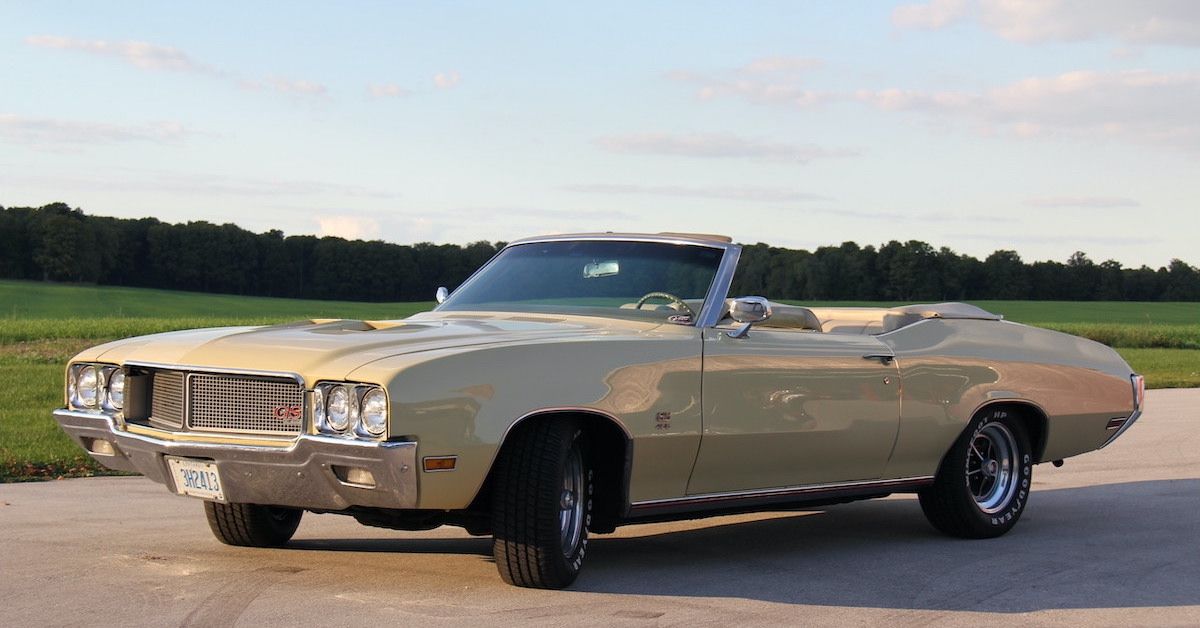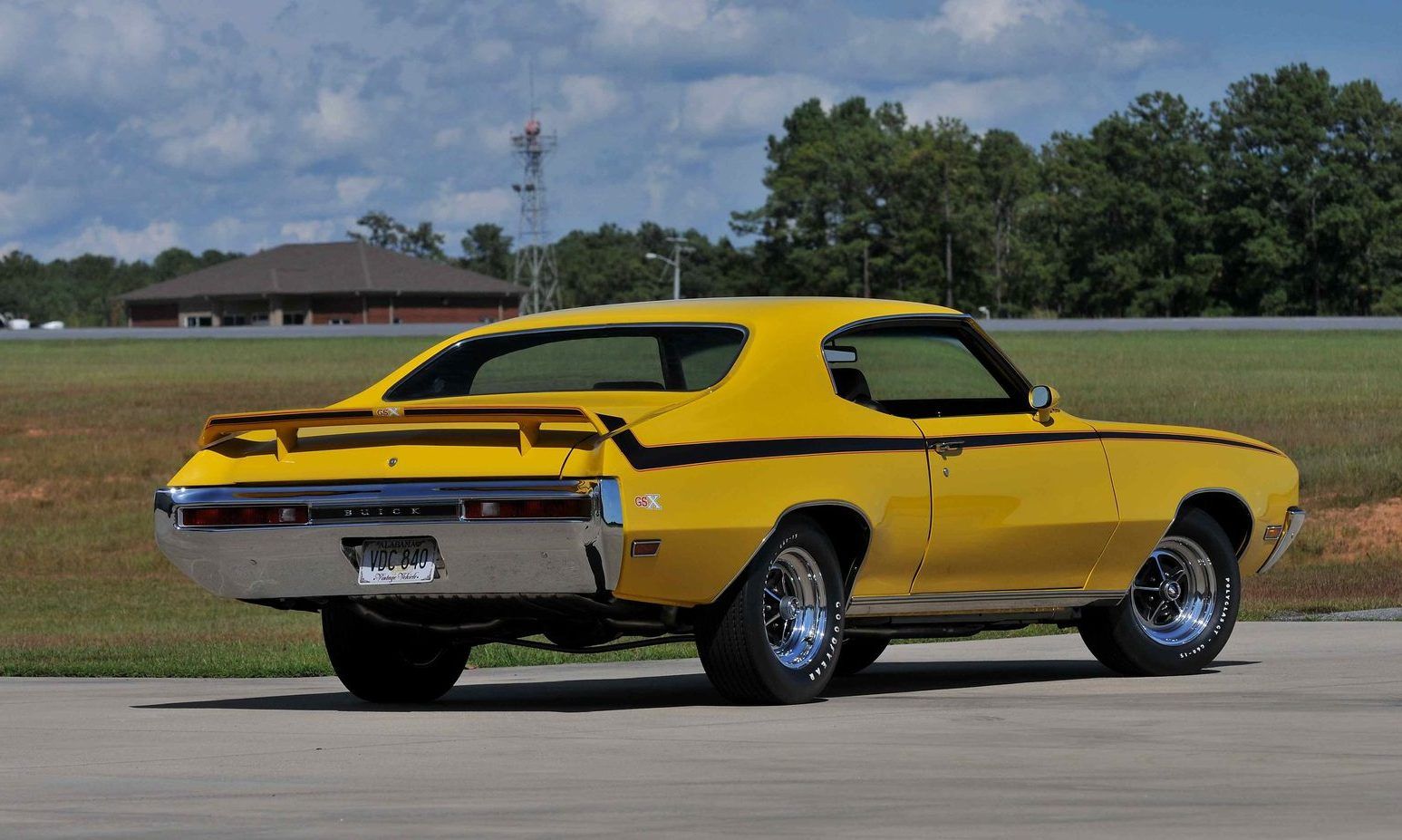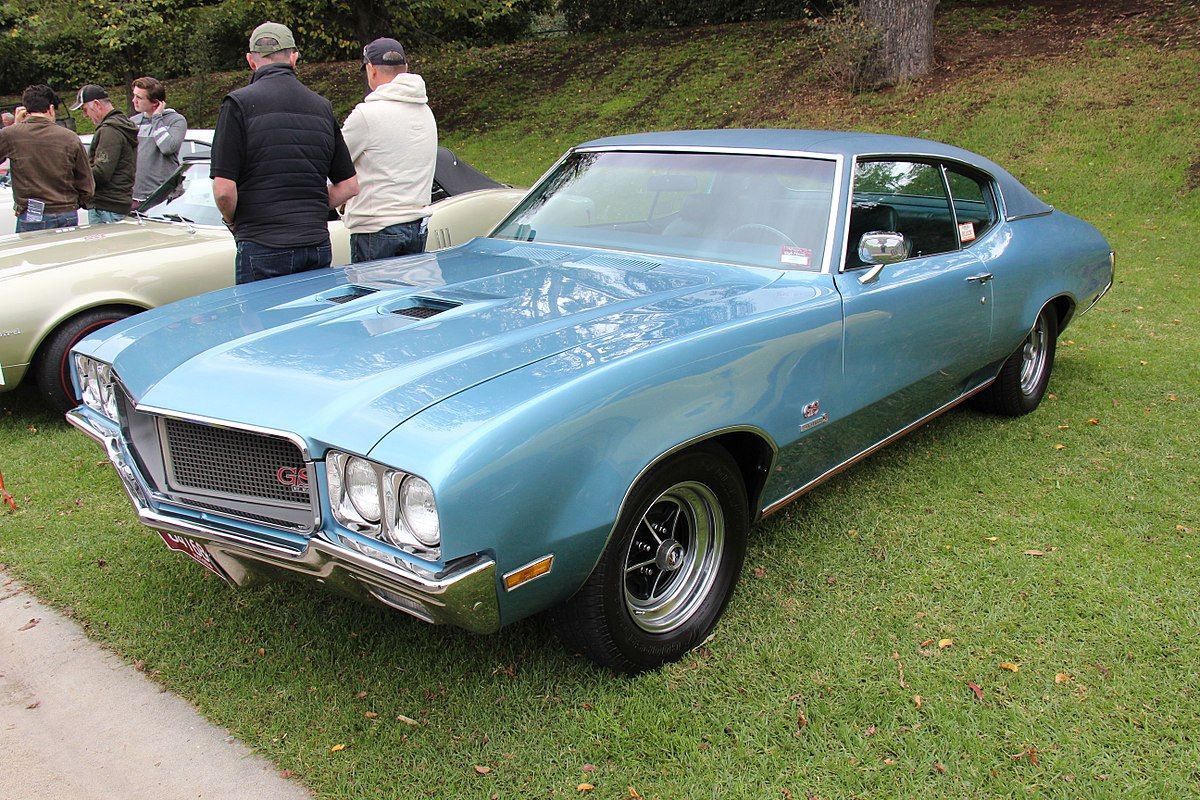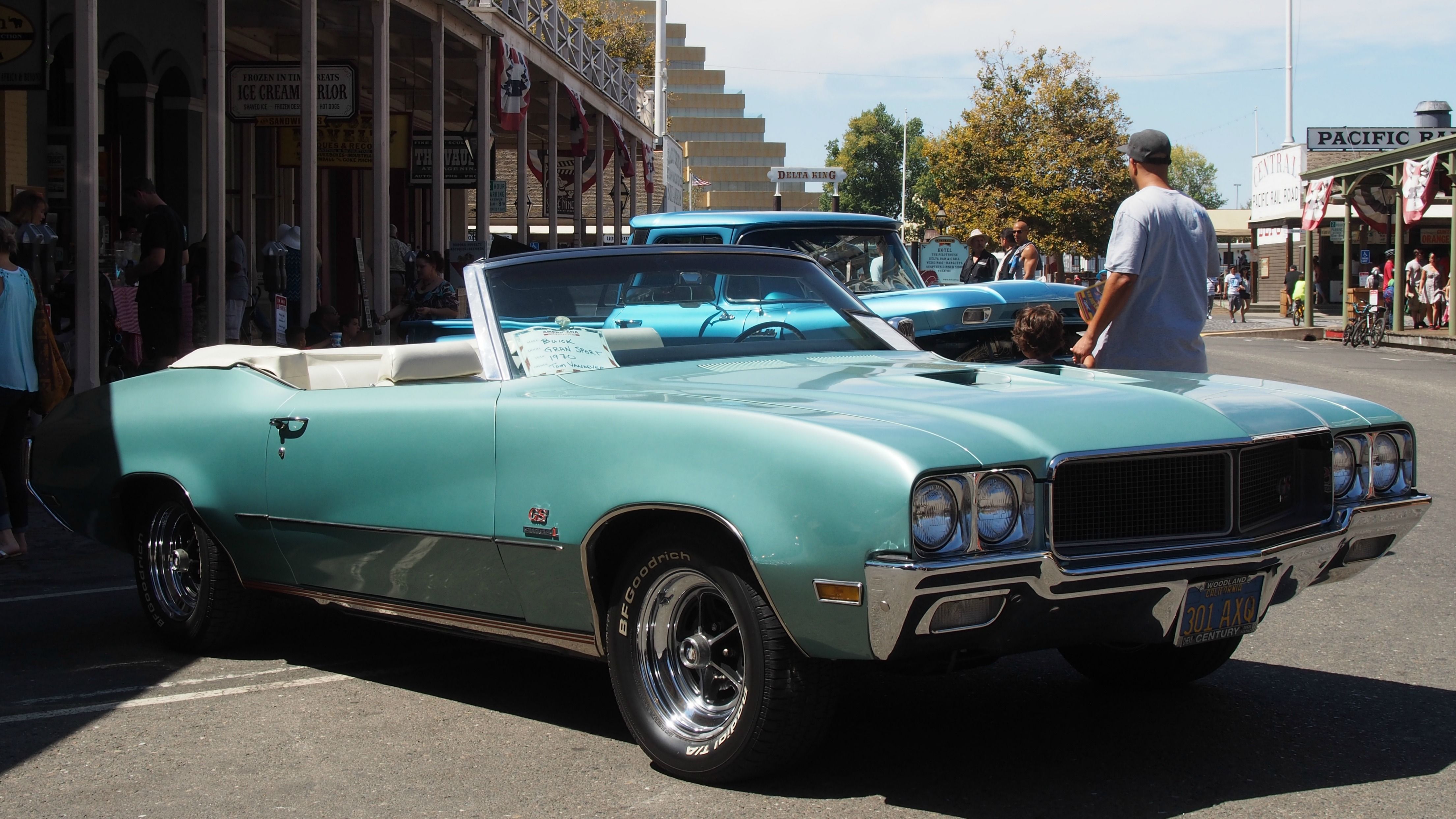La Salle, Oakland, Oldsmobile, Opel, Saab, Saturn, Vauxhall, Daewoo, Holden, Pontiac: what do these names have in common? They’re all dead – some of them outrightly forgotten – GM brands. There are others on that list too, but Buick is one of the comparatively few still going strong, lunging head-first into the 2022 model year with the all-new Buick Envision and the refreshed Buick Enclave.
Five decades ago, Pontiac couldn’t have predicted this turn of events. When Pontiac launched the GTO in 1963 for the 1964 model year, it turned a corner, and everyone else was right at its tail. The first-gen Pontiac GTO gets the credit for popularizing the muscle car segment in the ‘60s America, and the Buick Gran Sport, introduced in 1964, was Buick’s response to the Pontiac GTO.
Buick based the Gran Sport (also known as Buick GS) on the Buick Skylark Custom, powering it with a 280-hp 350 CID V8 with a 4-barrel carburetor. The engine married either a three- and four-speed manual or a two-speed automatic transmission. The California Gran Sport added a vinyl roof and was only available with an automatic transmission. The Gran Sport soldiered through two generations and a revised body before retiring from the mainstream muscle car market segment in 1972.
The Buick Gran Sport Overview
Back for the 2022 model year, Buick describes the Regal GS as "a premium sports sedan representing Buick's most dramatic expression of design and dynamics." Remarkably, GM has – since 1965 – been blessing its Buick brand with the GS (Grand Sport) name reserved for a handful of the conglomerate’s high-performance models. In the GM brands hierarchy, Cadillac is head and shoulders taller than Buick in terms of luxury and comfort features.
But with Cadillac confined to the luxury segment without a performance lineup to its name, the Buick Gran Sport series effectively became GM’s most luxurious sports models of their era. General Motors ensured that all Buick models totting the GS badge affirmed the automaker’s tradition of blending power and comfort dating back to the 1930s when all Buicks got upgraded to the Fireball Straight-8 engine.
Buick installed the 4.6-liter (278 cu-in) Roadmaster engine in the shortest model Special and introduced the Century (the banker's hot rod) paired with a three-speed synchromesh manual transmission. The Gran Sport encapsulated fun to drive with a luxury approach.
The 1970 Buick Gran Sport 455 Stage 1
Buick offered the Gran Sport 400 in a convertible and hardtop model for the 1968 and ‘69 model years. The '400' denotes its standard 400 cubic-inch (6.6-liter) engine producing 340 horsepower (350 horsepower with stage 1 engine package) and 440 lb-ft of torque, although the stated horsepower is likely lower than it really was to ‘fool’ insurance premiums.
The engine featured a 4-barrel Rochester Quadrajet carburetor, dual exhaust, and the available three-speed turbo Super Turbine 400 (Turbo-Hydramatic) automatic transmission enshrined as the finest automatic transmission ever built. In 1970, Buick replaced the GS 400 with the 455 cu-in (7.7-liter) V8 engine. The 1970 base model netted 355 horsepower and 510 lb-ft of torque generated at 2,800 rpm. The stage 1 engine package for this model year featured a single 4-barrel Rochester Quadrajet carburetor to generate 365 horsepower at 4,600 rpm and 510 lb-ft of torque at 2,800 rpm.
Notably, these were SAE (Society of Automotive Engineers) gross ratings run without powering the water pump (typically electric driven) and an alternator, making them substantially higher than SAE net ratings and not indicative of actual production-engine output with all engine accessories and full exhaust system in place.
This was standard practice with American-built engines before 1972. For example, a 1972 Chevy made 330 bhp for the 401 engine, with the same engine design in 1971 rated 365 bhp. However, Dennis Manner, Buick engine development engineer, still remembers the production-engine dyno test results from 1970 where 376 horsepower was the lowest horsepower rating of the 15 tested 455 Stage 1 engines.
Related:
The 1970 Buick Gran Sport 455 Stage 2
The Buick GS 455 engine was powerful but suffered from engine block problems, including the Stage 1 engine package. They used two bolt main bearing caps, with the oiling system undersized for high-rpm use, and thin walls in the lifter valleys made them prone to cracks. What the Stage 1 package had going for it was its advanced (for that era) cylinder heads, allowing it to generate impressively high torque and relatively high mid-range horsepower.
The same engine, at some point in the 1980s, became a hotly debated subject in the muscle car world due to the Stage 1 version with rated horsepower faster than any Chrysler Hemi car in the original "50 fastest muscle cars" list. Despite several contests to put paid to the Hemi vs. Stage 1 controversy, the jury is still out on the matter.
Meanwhile, Buick threw in a rare Stage 2 engine option to the mix, although this was rather a dealer-installed package advertised as a 'dealer option.' The GS 455 Stage 2 was actually offered for the first time in 1962, featuring a cam, headers, intake manifold, high-compression forged pistons, hollow pushrods, and some calibration changes to the ignition and carburetor.
Unlike the Stage 1 introduced with the GS 400, Buick designed the Stage 2 exclusively for the GS 455 and included special round exhaust port Stage 2 heads, matching Kustom headers, a radical cam, high compression forged pistons, Edelbrock B4B aluminum intake, Holley carburetor #4781 850 cfm, and other equipment for racing.
You’d be extremely lucky to spot a 455 Stage 2, as the automaker only ever factory-assembled one Stage 2 GS 455, pairing it with a 4-speed manual transmission for testing purposes. No one even knew about it until 1972, and there's not much by way of records of any Stage 2 Gran Sport 455 sold. However, three Stage 2 examples got known to exist, one of which belonged to Kenne-Bell, a California-based Buick high-performance specialist. Notably, all three Stage 2 455 started life as Stage 1 cars.




